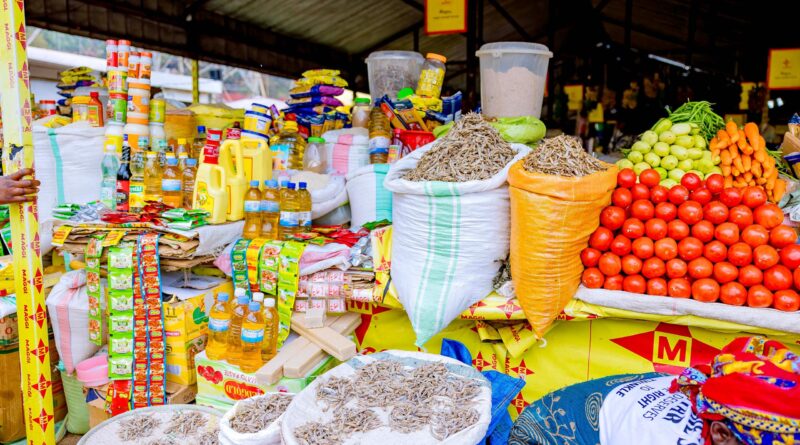Rwanda’s inflation rate rises to 7.3% in September 2025
The National Institute of Statistics of Rwanda (NISR) has announced that the Consumer Price Index (CPI), the key indicator used to measure inflation and the general price movement of goods and services in the country rose to 7.3% in September 2025, up from 7.1% in August 2025.
Compared to the same period last year, this increase shows that Rwanda’s economy continues to experience price changes mainly driven by fluctuations in both global and domestic markets.
Breakdown by Category
Food and non-alcoholic beverages rose by 4.2% year-on-year and 1.3% month-on-month, indicating a slight stabilization compared to last year when prices had surged due to changing weather conditions.
Alcoholic beverages, tobacco, and narcotics increased by 15% year-on-year and 1.6% month-on-month, showing continued growth from around 13% last year.
Housing, water, electricity, gas, and other fuels went up by 4.1% year-on-year and 1.9% month-on-month, consistent with rising global energy prices.
Health services saw the sharpest increase, up 71.1% year-on-year, while remaining stable compared to the previous month. Last year, health costs had risen by less than 40%, marking a significant shift largely driven by higher prices for medicines and medical supplies.
Transport costs rose 8.6% year-on-year and 1.7% month-on-month, reflecting higher fuel prices and transport fares.
Hotels and restaurants experienced a 17.7% annual increase, though prices slightly declined by 0.1% month-on-month, likely due to reduced consumer demand after the summer season.
Domestic vs Imported Goods
Domestically produced goods increased by 6.5% year-on-year, while imported goods rose by 9.5%, showing the strong influence of international market trends on local inflation.
Fresh products (such as fruits and vegetables) rose 3.3% year-on-year and 1.8% month-on-month.
Energy (electricity and fuel) rose 4.5% year-on-year and 0.4% month-on-month.
The core inflation rate excluding fresh products and energy climbed 8.9% year-on-year and 1.3% month-on-month, showing a steady rise in long-term prices of regular goods and services.
Compared to last year’s rate of below 6%, the current 7.3% inflation indicates that the economy continues to face price pressures.
However, the government remains committed to measures aimed at stabilizing domestic markets and boosting local production to mitigate the effects of climate change and rising global prices.

